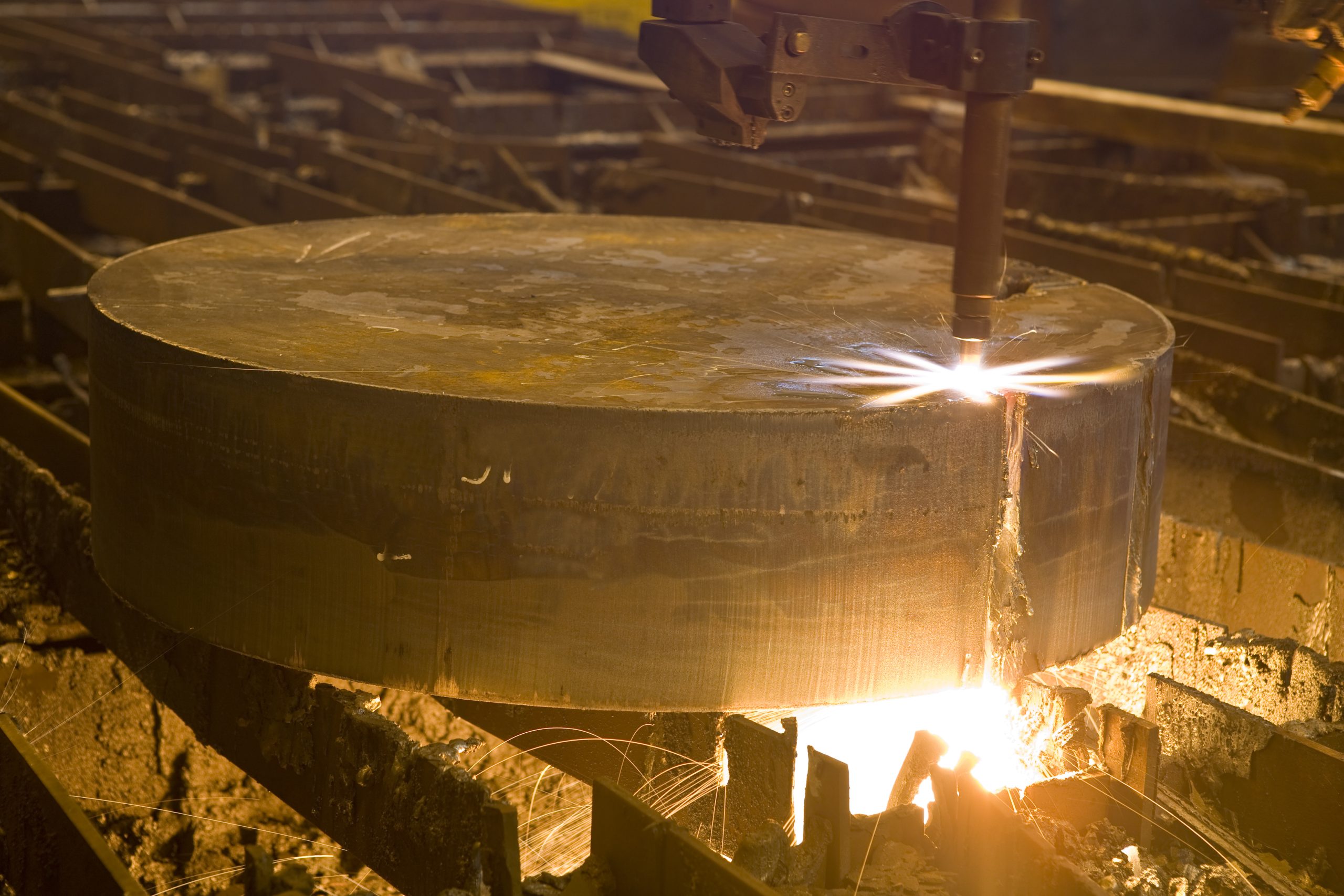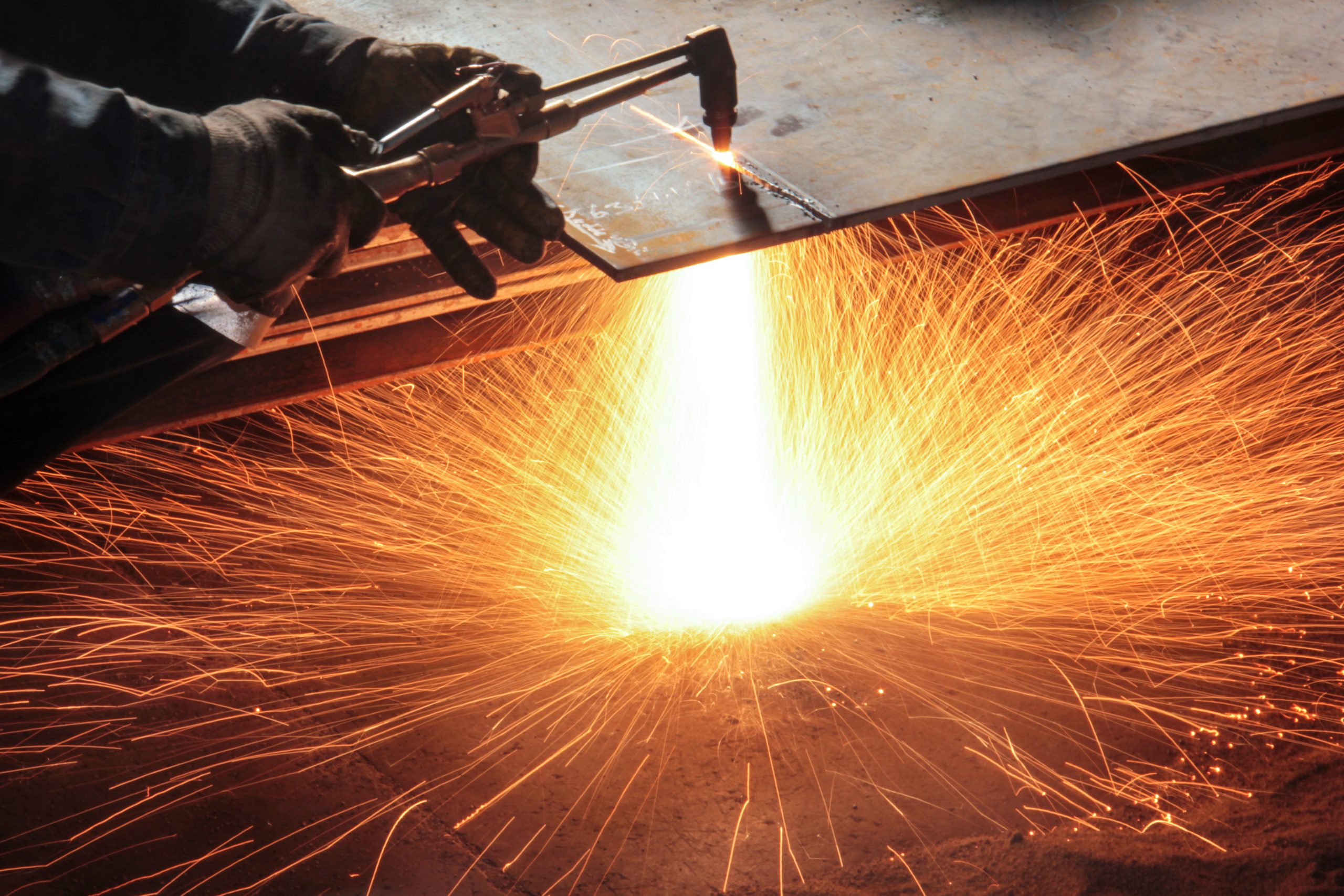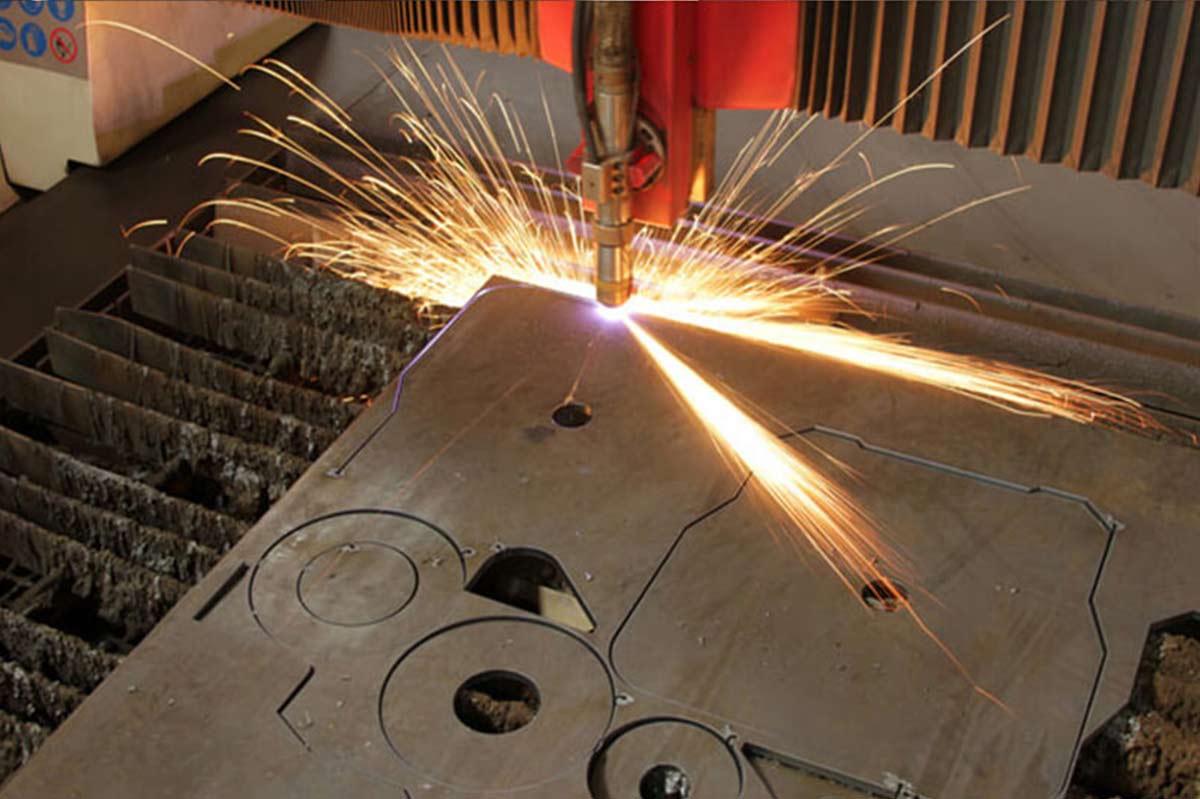Laser And Plasma Cutting
- Home
- Laser And Plasma Cutting
CNC LASER CUTTING
CNC PLASMA CUTTING
Laser and Plasma Cutting
The advancements in technology have continually shaped the metalworking industry, bringing about more efficient, precise, and cost-effective methods of cutting and forming metals. Among these advancements, laser and plasma cutting stand out as revolutionary techniques that have significantly impacted sheet metal forming and metal work. These cutting methods offer unparalleled accuracy, speed, and flexibility, making them indispensable tools in today’s manufacturing and construction sectors.
What is Laser Cutting?
Laser cutting is a technology that utilizes a high-powered laser beam to cut materials, primarily metals, by melting, burning, or vaporizing them. This process is highly precise, allowing for intricate designs and clean cuts with minimal waste. Laser cutters are controlled by computer numerical control (CNC) systems, which enable the automation of the cutting process, ensuring high accuracy and repeatability.
Applications in Sheet Metal Forming
In the realm of sheet metal forming, laser cutting is used to create complex shapes and designs that would be difficult or impossible to achieve with traditional mechanical cutting tools. Its precision allows for tight tolerances, which is essential in industries where component fit and finish are critical, such as aerospace, automotive, and electronics. The ability to cut various thicknesses and types of metal, from thin sheets to thicker plates, makes laser cutting a versatile tool in metal work.
What is Plasma Cutting?
Plasma cutting, on the other hand, employs a jet of hot plasma to cut through electrically conductive materials, such as steel, aluminum, brass, and copper. This method is known for its speed and ability to cut through thick materials, making it ideal for heavy-duty metal work. Plasma cutters also use CNC technology for precision cutting, but they excel in applications where speed and the ability to cut thick materials are paramount.
Advantages in Metal Work
Plasma cutting is particularly beneficial in the construction of large structures, such as buildings and bridges, where large pieces of metal need to be cut quickly and efficiently. Its speed and efficiency also make it a preferred choice in industrial applications where production timelines are tight. While not as precise as laser cutting for intricate designs, plasma cutting offers a balance of speed, cost, and precision that is suitable for many metal work projects.
Laser and plasma cutting have revolutionized the fields of sheet metal forming and metal work, offering solutions that combine precision, efficiency, and versatility. As these technologies continue to advance, they will undoubtedly play an even more significant role in shaping the future of the metalworking industry. Whether in the construction of intricate electronic components or the creation of large structural elements, laser and plasma cutting are essential tools that enhance the capabilities of metalworkers and manufacturers around the globe.




